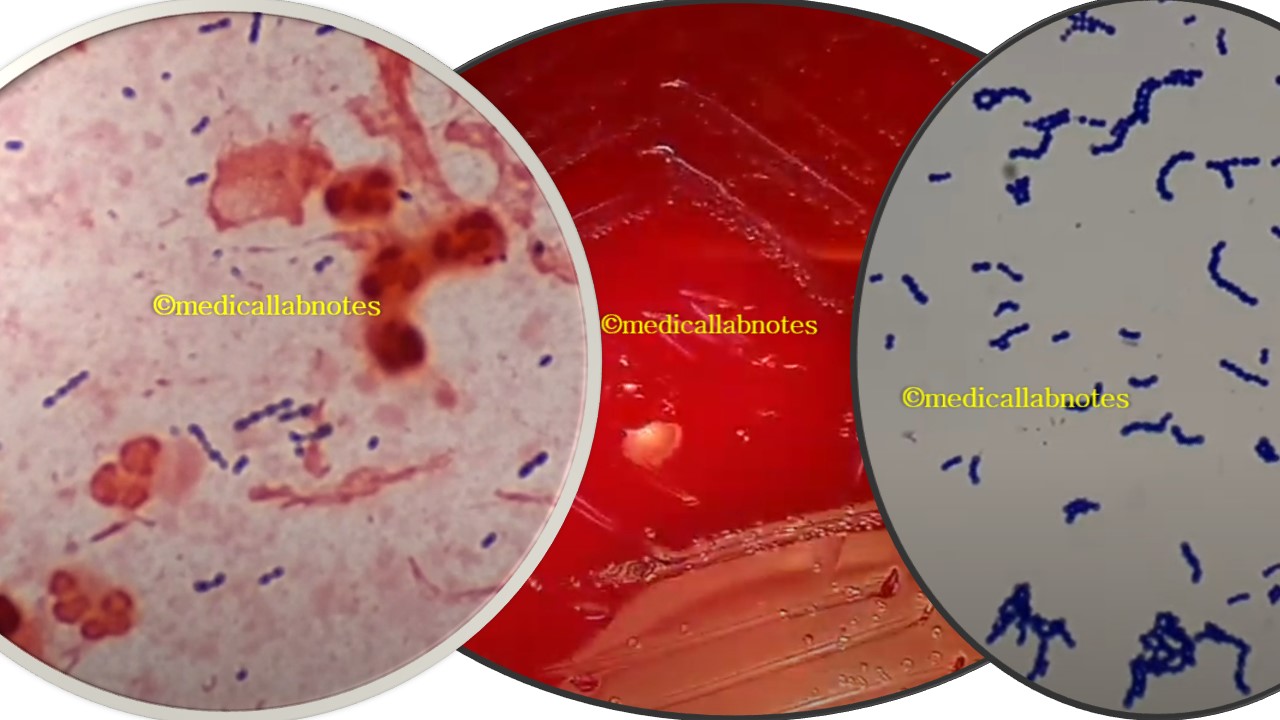Streptococcus gallolyticus – Introduction, Morphology, Pathogenicity, Lab Diagnosis, Treatment, Prevention, and Keynote
Introduction Streptococcus gallolyticus is a Gram-positive bacterium. It belongs to the Streptococcus bovis group. This bacterium often inhabits the gastrointestinal tract. S. gallolyticus can cause endocarditis and bacteremia. Moreover, it is associated with colorectal cancer. Researchers use it to study host-pathogen interactions. Identifying S. gallolyticus …





